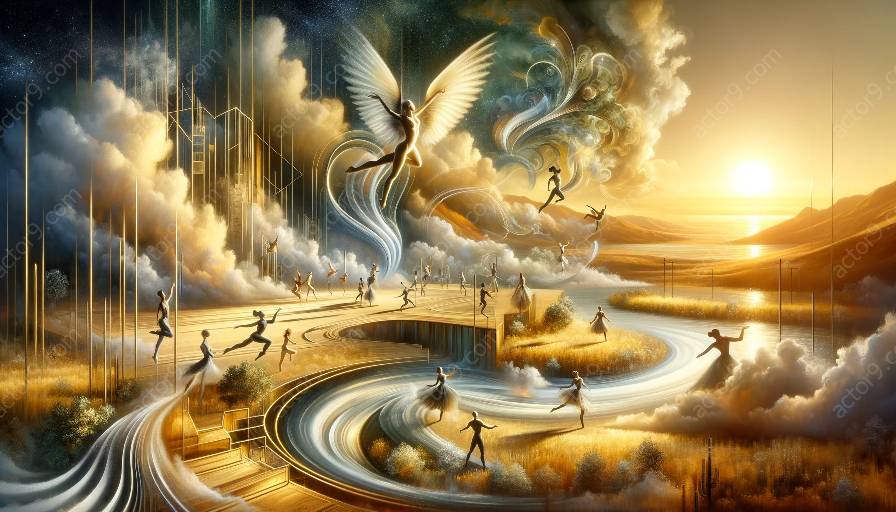Physical theatre training has become increasingly popular among circus performers as it offers a unique and effective way to enhance their expressiveness and storytelling abilities. This article explores the intersection of physical theatre and circus arts, delving into how physical theatre training can transform the performance capabilities of circus artists.
Understanding Physical Theatre
Physical theatre is a performance style that emphasizes the use of the body, movement, and gesture as a primary means of expression. It encompasses a wide range of techniques including mime, dance, acrobatics, and various forms of physical storytelling. The core principles of physical theatre revolve around the idea of using the body as a powerful communicative tool, allowing performers to convey emotions, narratives, and themes without relying heavily on spoken language.
Intersection of Physical Theatre and Circus Arts
Physical theatre and circus arts share common ground in their focus on physicality, strength, agility, and expressiveness. Circus performers often display remarkable physical skills and prowess, captivating audiences with their daring acts and acrobatic feats. However, by incorporating physical theatre training, circus performers can elevate their performances to a whole new level.
In the intersection of physical theatre and circus arts, performers have the opportunity to merge the technical precision of circus skills with the emotive and expressive aspects of physical theatre. This creates a dynamic and compelling performance style that engages and resonates with audiences on a deeper level.
Benefits of Physical Theatre Training for Circus Performers
1. Enhanced Expressiveness: Through physical theatre training, circus performers can develop a heightened sense of expressiveness, allowing them to convey complex emotions and narratives through their physical movements.
2. Storytelling Abilities: Physical theatre techniques empower circus performers to become more effective storytellers, using their bodies to communicate rich, immersive narratives that transcend language barriers.
3. Versatility: By integrating physical theatre into their training, circus performers expand their repertoire and versatility, exploring new ways to engage and connect with audiences.
Transformative Impact
Physical theatre training can have a transformative impact on the overall expression of circus performers. It enables them to move beyond mere technical skill and prowess, enabling them to evoke genuine emotional responses from their audiences. As a result, circus performances become more immersive, captivating, and thought-provoking, creating a lasting impression on spectators.
Conclusion
The combination of physical theatre and circus arts opens up a world of possibilities for circus performers, allowing them to harness the power of expressiveness and storytelling in their performances. By embracing physical theatre training, circus artists can elevate their craft, creating unforgettable experiences that resonate deeply with audiences.




































